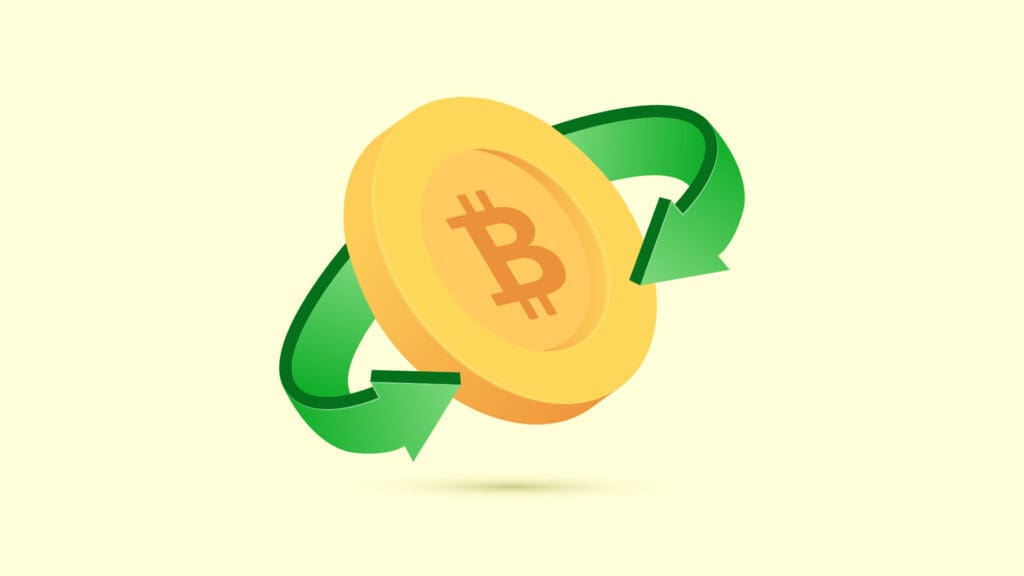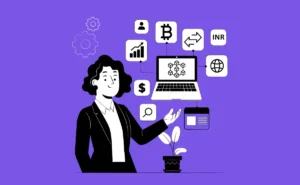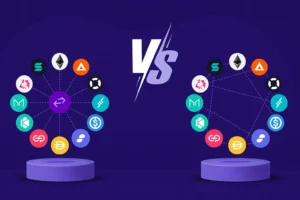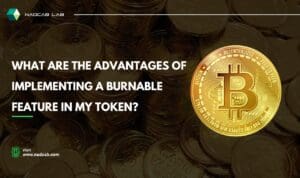
Decentralized finance (DeFi) is changing the way we handle money and digital assets. One of the most important innovations in this space is Wrapped Tokens DeFi, which allows cryptocurrencies from one blockchain to be used seamlessly on another. This concept improves liquidity, interoperability, and accessibility across various DeFi platforms. In this article, we’ll explore what wrapped tokens are, how they function, their benefits, and popular examples in the DeFi ecosystem.
What Are Wrapped Tokens DeFi?
Wrapped Tokens DeFi are digital tokens representing assets from one blockchain on another blockchain. For example, Wrapped Bitcoin (WBTC) is a Bitcoin-backed token on the Ethereum network. Each wrapped token mirrors the value of the original asset, allowing users to trade, lend, or use them in DeFi platforms that otherwise wouldn’t support the original cryptocurrency.
Wrapped tokens help bridge blockchain networks, enabling cross-chain transactions without losing the underlying asset’s value. This makes them essential for enhancing liquidity and unlocking new financial opportunities in the decentralized world.
How Wrapped Tokens DeFi Work
The process of creating Wrapped Tokens DeFi involves converting an original asset into a token that is compatible with another blockchain. Smart contracts manage these tokens, ensuring that each wrapped token is backed 1:1 by the original asset.
Key steps include:
-
Token Creation: A digital token is created on a blockchain (like Ethereum) representing the original asset (like Bitcoin).
-
Collateralization: Each wrapped token is backed by a real asset held in custody.
-
Smart Contract Management: Smart contracts mint and burn tokens as the underlying asset moves in and out of custody.
-
Integration with DeFi Platforms: Wrapped tokens are made compatible with exchanges, lending platforms, and other DeFi applications.
By following these steps, wrapped tokens ensure security, transparency, and seamless usability across multiple platforms.
Key Benefits of Wrapped Tokens DeFi
-
Cross-Chain Compatibility:
Wrapped tokens allow users to utilize their assets on blockchains where they were previously unsupported. -
Enhanced Liquidity:
By enabling trading of assets across multiple blockchains, Wrapped Tokens DeFi increase liquidity in the decentralized finance ecosystem. -
Collateral Usage:
Users can use wrapped tokens as collateral for loans, yield farming, or staking, increasing financial flexibility. -
Security and Transparency:
Smart contracts ensure that every wrapped token is backed by its original asset, providing confidence for users and investors. -
Accessibility:
Wrapped tokens allow more participants to interact with DeFi platforms, promoting a truly decentralized financial ecosystem.
Popular Wrapped Tokens DeFi
-
Wrapped Bitcoin (WBTC): Bitcoin represented on Ethereum, enabling participation in Ethereum-based DeFi protocols.
-
Wrapped Ether (WETH): Ethereum’s ERC-20 version, used in decentralized exchanges and smart contracts.
-
Wrapped UST (UST): TerraUSD stablecoin adapted for use on multiple blockchains.
-
Wrapped Chainlink (wLINK): Chainlink token converted for cross-chain utility in DeFi applications.
-
Wrapped Filecoin (wFIL): Enables Filecoin holders to use assets across Ethereum-based platforms.
-
Wrapped Tezos (wXTZ): Tezos tokens adapted for broader DeFi usability.
These tokens are widely adopted because they facilitate interoperability and expand the DeFi ecosystem’s potential.
Opportunities with Wrapped Tokens DeFi
The rise of Wrapped Tokens DeFi opens multiple opportunities for users and businesses:
-
Cross-Chain Investments: Users can hold and trade assets from different blockchains without restrictions.
-
DeFi Participation: Wrapped tokens can be used for lending, borrowing, and staking across multiple platforms.
-
Financial Innovation: New products like collateralized loans, synthetic assets, and yield farming become more accessible.
-
Enhanced User Experience: Interoperable tokens simplify interactions with complex DeFi ecosystems.
By leveraging these opportunities, investors and crypto enthusiasts can maximize asset utility and access a more flexible financial system.
Challenges with Wrapped Tokens DeFi
While Wrapped Tokens DeFi offer numerous advantages, some challenges exist:
-
Custodial Risk: The original asset backing must be securely held, as loss can compromise token value.
-
Smart Contract Vulnerabilities: Bugs in the token’s smart contract can lead to security breaches.
-
Regulatory Considerations: Cross-chain assets must comply with regional regulations to avoid legal issues.
-
Market Volatility: Token value may fluctuate, affecting usability and lending practices.
Despite these challenges, careful management and audits help maintain trust and security in wrapped token ecosystems.
The Future of Wrapped Tokens DeFi
As decentralized finance evolves, Wrapped Tokens DeFi will continue to play a pivotal role in bridging assets across blockchains. With growing DeFi adoption, these tokens are likely to power more complex financial products, cross-chain lending protocols, and interoperable marketplaces.
The ability to seamlessly use Bitcoin, Ethereum, or stablecoins on multiple platforms provides unprecedented opportunities for investors, developers, and everyday users. Wrapped Tokens DeFi are poised to become a cornerstone of the decentralized financial landscape.
Wrapped Tokens DeFi have transformed the way digital assets are used across blockchains. By enabling cross-chain compatibility, enhancing liquidity, and providing collateral issuance, they empower users to fully participate in the decentralized finance ecosystem.
Whether for trading, lending, or earning rewards, wrapped tokens are unlocking new possibilities in the DeFi world. As adoption grows, they will continue to shape the future of digital finance, bridging networks, and expanding opportunities for users globally.







